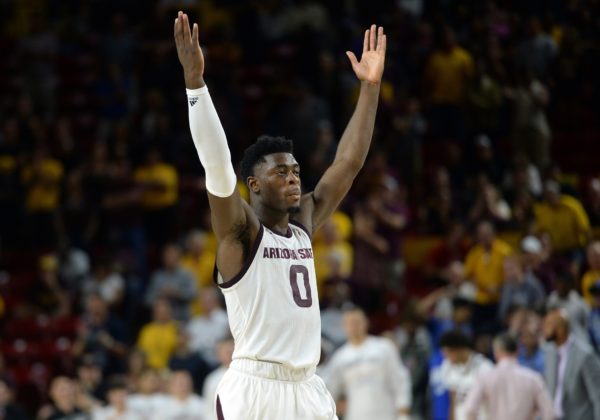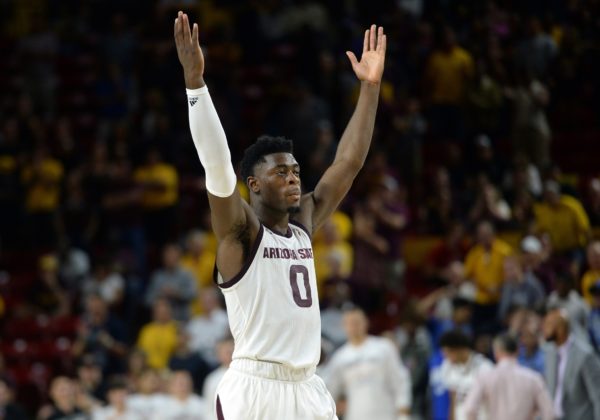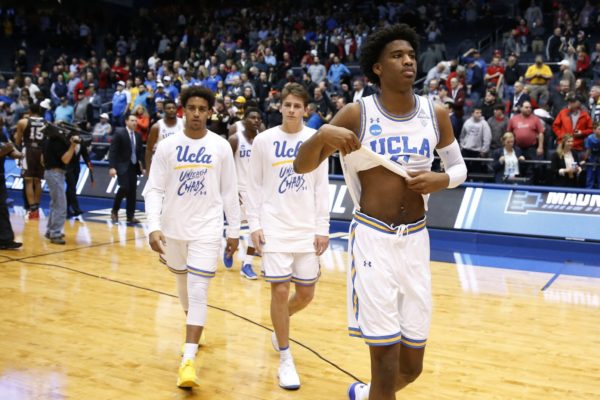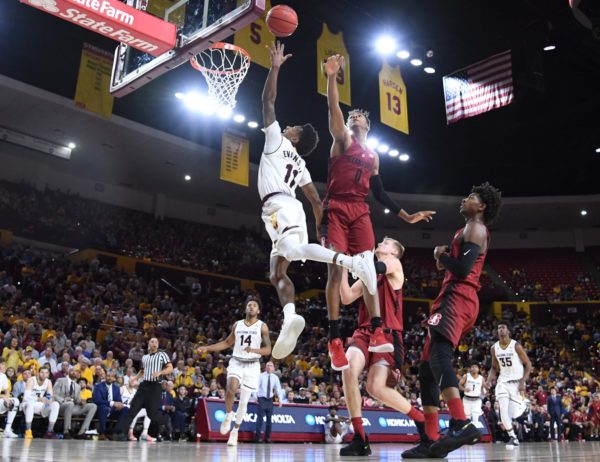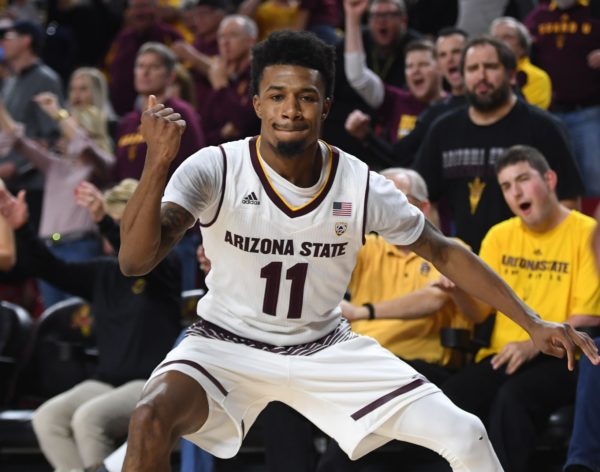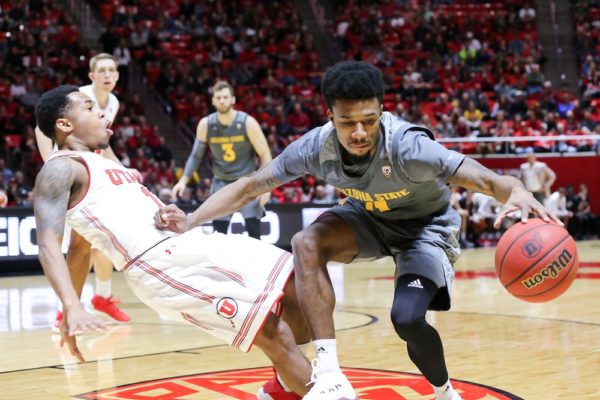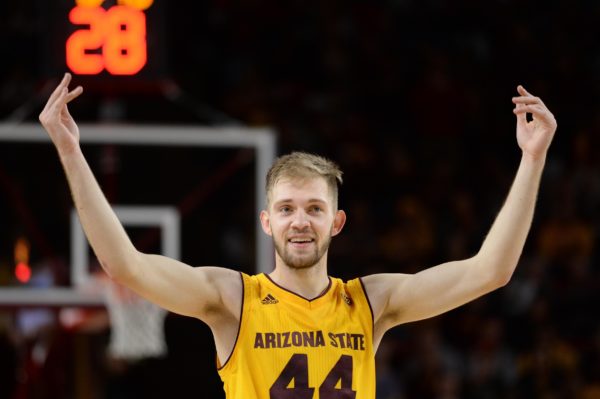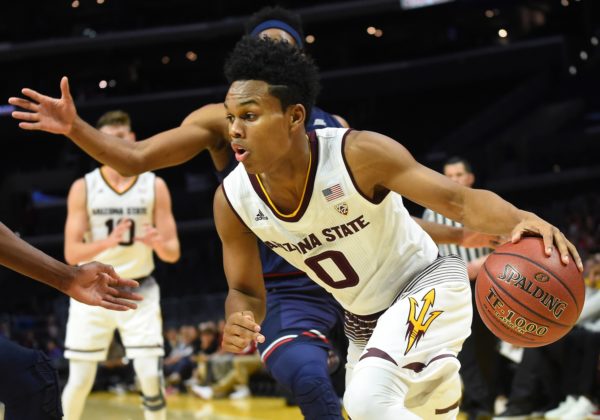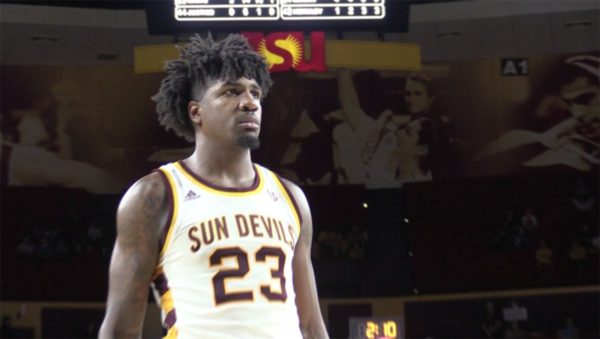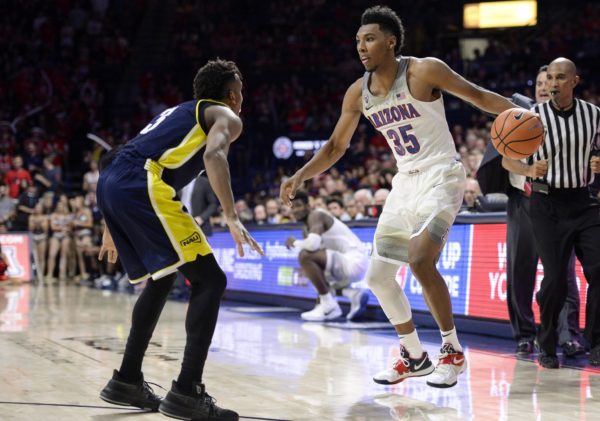On Luguentz Dort as Arizona State’s High Usage Defensive Catalyst…
Posted by Adam Butler on December 7th, 2018In learning about or defining Arizona State freshman Luguentz Dort, it is easy to come up with some comps. It’s a swift means to recognizing what kind of a talent we’re witnessing and – as it pertains to the brevity of a college career and the especially brief career of a possible one-and-done career – it’s a convenient means to evaluation. But for today’s purposes, let’s appreciate the individuality of Dort. It’s the least we can do for a young man of such unique skill and name.
Dort is Arizona State’s starting shooting guard with the build of a safety. He’s listed at 6’4”, 215 pounds, and seemingly plays well above those measures. Consider that Dort has the ninth-highest usage rate among freshmen (68th nationally) and only trails Duke star RJ Barrett in freshman usage in the power conferences. For better or worse, Dort is exerting himself on the college game and it doesn’t appear as if head coach Bobby Hurley is soon to slow his powerful pup. Which, on the surface, might be something to consider. Dort is consuming all of these possessions (of note: the Sun Devils are still undefeated) with an offensive efficiency in the range of average (103.0). Why, Coach Hurley, would you want an inefficient player taking that many shots? His turnover rate is approaching 20 percent and his effective field goal percentage is just 49 percent.





























